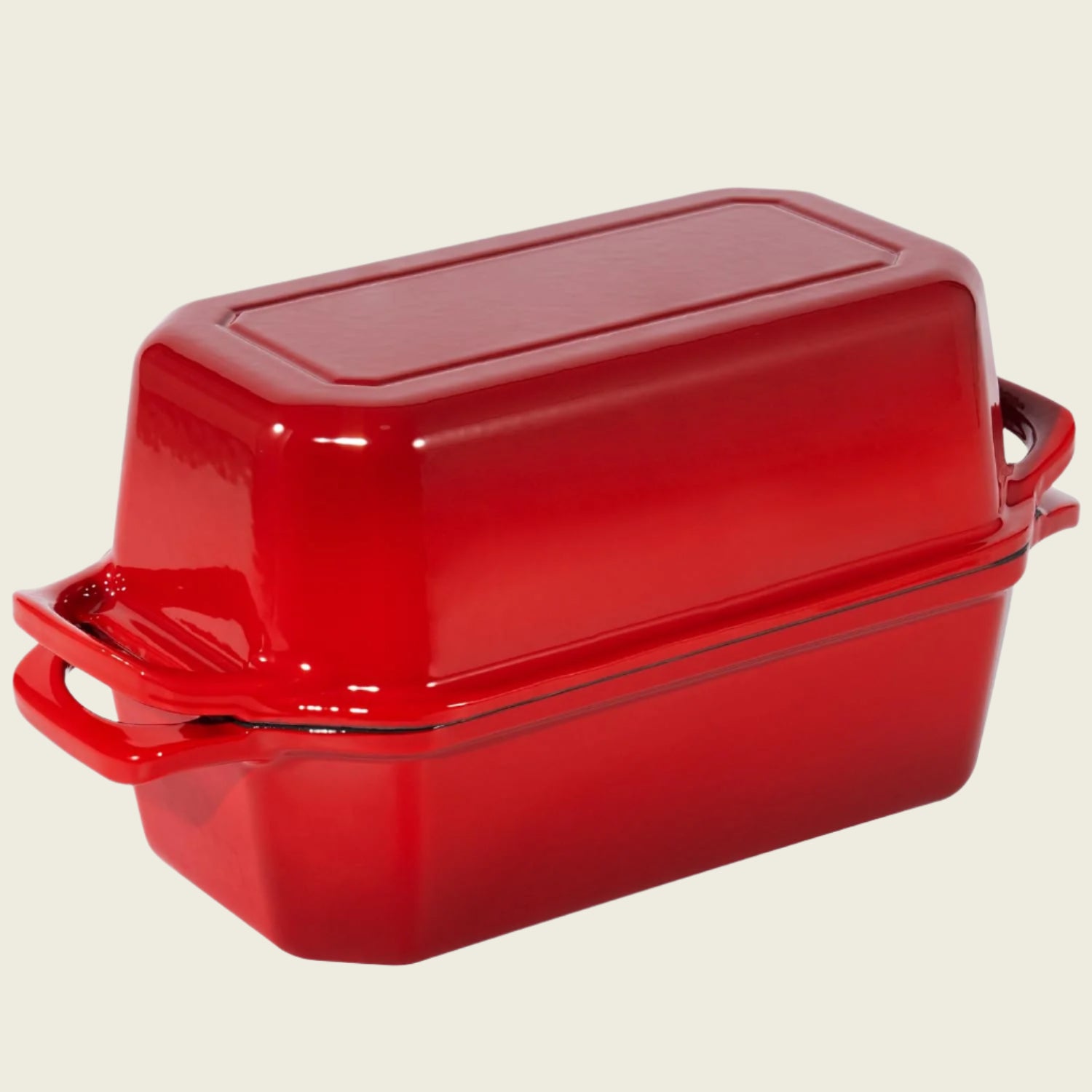No More Flat Loaves: The Right Way to Care for Your Sourdough Starter
Share
Peeking into a sourdough starter and seeing a flat, lifeless surface instead of a bubbly, thriving culture can be disheartening—but it’s a situation every sourdough baker encounters at some point. Fortunately, maintaining a healthy, active starter doesn’t have to be mysterious. With a little understanding of the conditions your starter needs to flourish, it becomes much easier to create a routine that supports its ongoing vitality.
Feed It Like You Mean It
At the heart of every strong starter is consistent feeding. Regularly adding fresh flour and water gives the wild yeast and lactic acid bacteria the energy they need to stay active. This isn't just about keeping it alive—it’s about maintaining a balanced, vibrant ecosystem. Without enough fresh “food,” the microbial balance can shift, often becoming too acidic, which hinders yeast performance.
Daily feeding works well for those baking often, but even for less frequent bakers, a consistent schedule is key. The goal is to provide predictable inputs so the microbes can maintain a steady rhythm of fermentation.
The Microbial Powerhouse
It helps to appreciate just how robust this living culture is. The wild yeast and bacteria in a starter are part of a lineage that’s been around for over a billion years. They’re not as fragile as they might seem when your jar looks a bit off. A forgotten feeding or slight lapse in care doesn’t spell disaster—they bounce back with the right conditions.
A Breathable Home
The container you use plays a surprisingly important role. A loosely covered jar allows the microbes access to just enough airflow without exposing the starter to contaminants. Airtight seals can trap gases or restrict oxygen to the point of stalling fermentation. Think of it as creating a space where your starter can breathe—not too open, not fully sealed.
Keep It Clean
Scraping down the sides of the jar daily and transferring the starter to a clean container every so often helps reduce the risk of mold. Leftover bits of dried or gummy starter along the jar’s edge can become hotspots for unwanted growth. A tidy jar makes for a healthier culture.
Feeding Ratios: What They Really Mean
Feeding ratios like 1:1:1 or 1:2:2 represent the relationship between starter, water, and flour. A 1:2:2 ratio, for example, gives your starter more food and hydration, helping sustain its activity for longer stretches between feedings. This can be especially helpful for young or particularly vigorous starters that burn through their food supply quickly.
Less active or mature starters might not need such a generous feed—1:1:1 could be sufficient. The key is to observe how your starter behaves after feeding. A quick double or triple rise usually indicates it’s hungry and thriving.
Don’t Sweat the Texture
Starter consistency varies naturally. Depending on flour type, hydration, and fermentation stage, your starter might range from thick and spoonable to more pourable, like pancake batter. Unless there’s an unpleasant smell or obvious spoilage, these shifts are usually just part of the fermentation process.
Water Matters—A Lot
The type of water you use can make or break your starter. Chlorinated tap water, intended to kill bacteria, doesn’t distinguish between harmful microbes and your helpful yeast. Using water that’s been dechlorinated—either by letting it sit out overnight, boiling it (if it’s just chlorine, not chloramine), or filtering it—helps protect your microbial community.
Bottled spring water is a safe choice. Distilled water, however, is less ideal because it lacks minerals that actually benefit fermentation.
Temperature: The Great Influencer
Temperature significantly impacts how active your starter is. The sweet spot for yeast and bacterial activity tends to be between 25°C and 28°C (78°F to 82°F). Warmer than that, and the bacteria can outpace the yeast, creating excessive acidity. Colder, and everything slows down—sometimes too much.
Storing your starter in the fridge after feeding is a great way to hit pause. One week in the fridge equals about one day at room temp. It’s a perfect option for bakers who only use their starter once a week or less.
To revive a sluggish starter from the fridge, gentle warmth can help. Proofing boxes or warming mats set to low temperatures are useful tools. On the flip side, in hot weather, a cooler spot—like a pantry shelf or an off oven with an ice pack nearby—can prevent overheating.
Understanding the Rise and Fall
After feeding, your starter will begin to rise as the yeast produces carbon dioxide. This gas becomes trapped in the mixture, causing it to expand. At its peak, the starter looks puffed up and airy. Over time, the food gets consumed, gas production slows, and the starter starts to fall back down. This rise and fall cycle is perfectly natural and a sign that the microbes are doing their job.
Learning to read this rhythm helps you know when your starter is most active—ideal for baking—or when it needs another feed.
A healthy starter is less about perfection and more about observation and steady care. By paying attention to feeding, cleanliness, water quality, temperature, and microbial behaviour, it becomes much easier to support a thriving culture that’s always ready to help you bake your best loaf.
